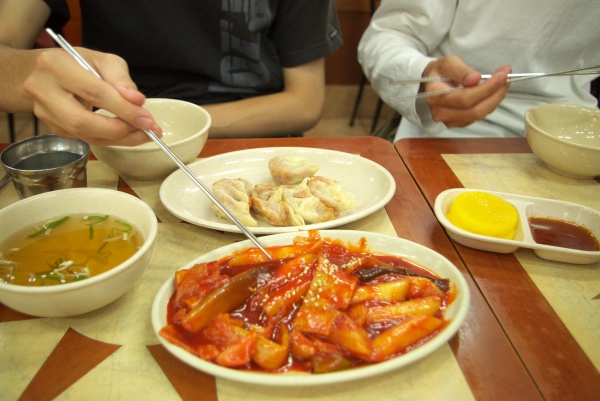Facts About Bunsik
"Bunsik" refers to a variety of affordable Korean dishes typically served at casual snack restaurants known as bunsikjeom or bunsikjip. Originally, the term "bunsik" meant "food made from flour" including items like ramyeon (Korean instant noodles) and bread. However, today, bunsik encompasses a broader range of popular dishes found at these eateries. These dishes are loved for their generous portions and budget-friendly prices and include gimbap (Korean sushi rolls), tteokbokki (spicy rice cakes), ramyeon, rabokki (a combination of ramyeon and tteokbokki), sundae (Korean blood sausage), eomuk (fish cakes), twigim (fried snacks), and more.
Back in the 1960s, South Korea faced a rice shortage, prompting a nationwide effort to promote bunsik as an alternative. Committees were established in various regions to encourage schools, government offices, and other public organizations to support this movement. Restaurants were advised to add more barley and wheat flour to their menus, and there were even restrictions on selling rice-based foods on certain days of the week. Additionally, government-run cafeterias in official buildings were prohibited from serving rice dishes. This initiative continued until 1976, helping to alleviate the rice shortage and popularize bunsik dishes.

 North Korea
North Korea